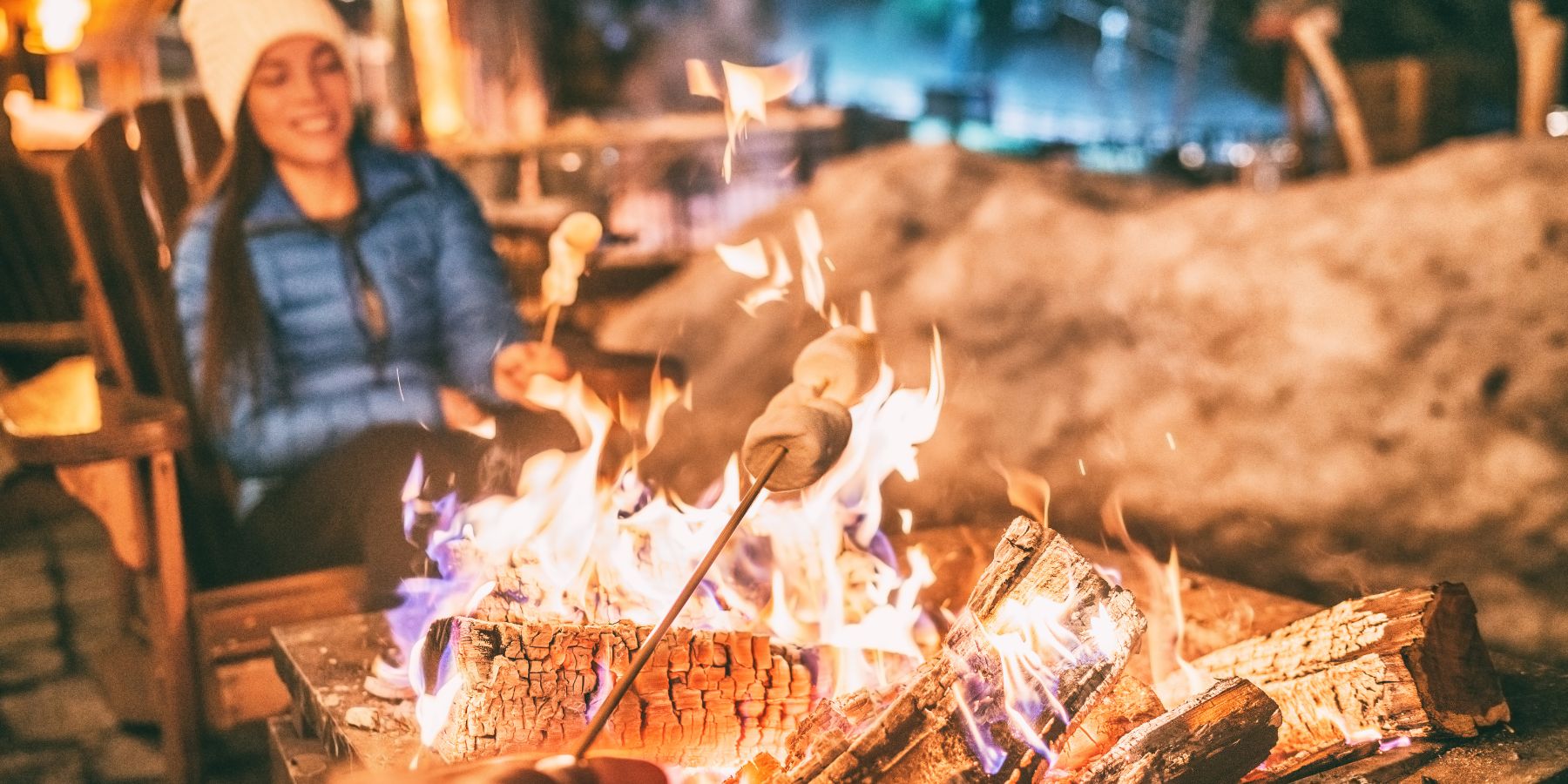Choosing the right wood for smoking can make a significant difference in the flavor of your chuck roast. In this article, we will explore the best types of wood for smoking a chuck roast, helping you to achieve that perfect balance of smoky flavor and tender, juicy meat. Alongside, we’ll touch on the basics of how to smoke a chuck roast, focusing primarily on how different woods impact the flavor.
The Importance of Wood in Smoking
Wood plays a central role in smoking meat. It not only provides the heat necessary for cooking but also infuses the meat with distinctive flavors. The type of wood you choose can complement the natural flavors of the chuck roast, or it can provide a contrasting taste that enhances the overall experience.
Best Woods for Smoking Chuck Roast
- Hickory: A favorite among many barbecue enthusiasts, hickory wood imparts a strong, hearty flavor to beef. Its robust, bacon-like taste makes it a go-to choice for a rich, deeply smoked chuck roast.
- Oak: Oak is a versatile smoking wood that provides a medium smoky flavor, which is not as intense as hickory but still imparts a noticeable smokiness. It’s a great all-rounder for those who prefer a subtler smoke profile.
- Mesquite: Mesquite has a very strong and earthy flavor. It’s best used in moderation as it can easily overpower the meat. When used correctly, it can add a bold, unique taste to your chuck roast.
- Apple: If you’re after a milder, sweeter flavor, apple wood is an excellent option. Its subtle fruity notes complement the rich flavors of the chuck roast without overwhelming them.
How Wood Type Affects Flavor
Each type of wood has its unique flavor profile that can enhance the taste of your chuck roast:
- Hickory adds a hearty, slightly sweet taste that pairs well with the robust flavors of beef.
- Oak provides a balanced smokiness that enhances the meat’s natural flavors.
- Mesquite offers an intense smoke that can add a new dimension to the roast.
- Apple gives a light, fruity sweetness, ideal for those who enjoy a more nuanced smoke flavor.
Tips for Using Wood When Smoking
Pairing Wood with Meat: Heavier woods like hickory and mesquite pair well with the strong flavors of chuck roast, while lighter woods like apple can provide a more subtle taste.
- Experimenting with Blends: Don’t be afraid to mix and match different types of wood to create your own unique flavor profile.
- Managing Smoke: Too much smoke can lead to a bitter taste, so manage the amount of wood you use and keep an eye on the smoke density.
How to Smoke a Chuck Roast
Now, let’s delve into how to smoke a chuck roast. Preheat your smoker to the desired temperature, typically around 225°F to 250°F. Place the chuck roast in the smoker, ensuring it’s not directly over the heat source. The low and slow approach is key to tenderizing the tough fibers in the chuck roast.
Monitoring and Adjusting
Throughout the smoking process, it’s important to maintain a consistent temperature. Add wood chips as needed to keep the smoke steady and check the internal temperature of the meat regularly.
Finishing Touches
After smoking, let the chuck roast rest for at least 20 to 30 minutes. This allows the juices to redistribute throughout the meat, ensuring that every slice is juicy and flavorful. Slice against the grain for the best texture.
In conclusion, the choice of wood is a key element in smoking a chuck roast. Each wood type brings its unique flavor to the meat, transforming a simple chuck roast into a masterpiece of barbecue cuisine. Whether you choose the strong flavors of hickory and mesquite or the subtler notes of oak and apple, the right wood can elevate your smoked chuck roast to new heights of deliciousness. Remember, smoking is as much about personal preference as it is about technique, so feel free to experiment and find the wood that best suits your taste.
